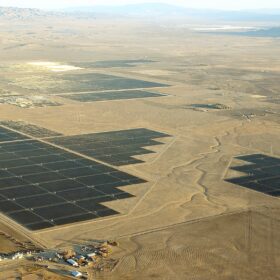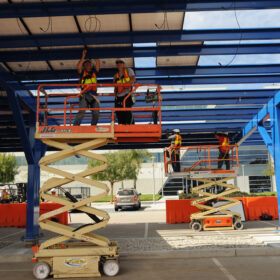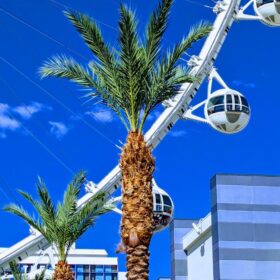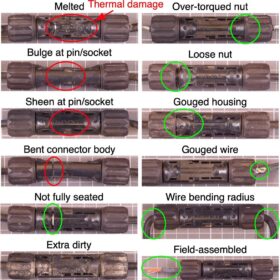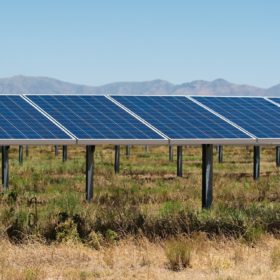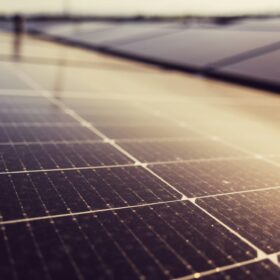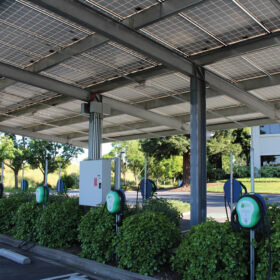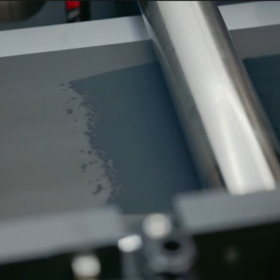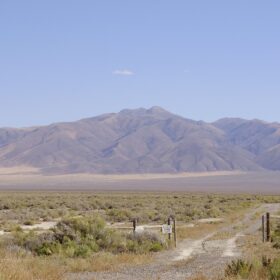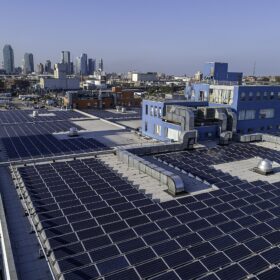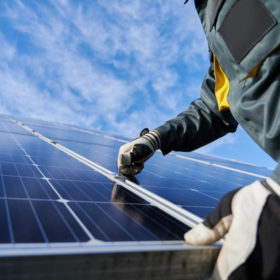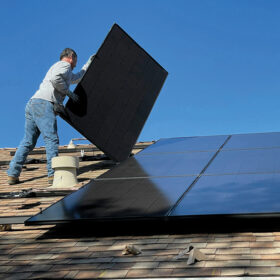Community solar makes subtle gains in capacity, but bold moves in policy across the U.S.
Many states made steady gains in community solar capacity last quarter while other states fought for the ability to have community solar capacity.
Solar is reshaping California’s Central Valley. What happens to the rural farming communities next door?
A democratically organized nonprofit is giving a seat at the clean energy table to 36 communities in Western Fresno County.
When things fall apart, experienced teams keep solar on track
Solar development’s outlook has become more complex in the U.S. as policies quickly shift, adding to existing risks around interconnection, permitting, weather and labor, The Berg Research Group says. The group offers guidance on managing these challenges.
Putting carports on wheels
In the United States, Gismo Power is working on a portable, plug-in approach to reduce the cost of PV carports and has found that regulation is its biggest obstacle. pv magazine spoke with Gismo Power CEO Antonia Ginsberg-Klemmt about her company’s approach and market potential.
RE+: Ten cutting-edge technologies from North America’s largest solar trade show
New solar panels, battery energy storage systems, factory announcements and more are set to be unveiled at RE+ Las Vegas, Nevada, Sep 8-11.
Common failure mechanisms for solar connectors
Sandia National Labs researchers have created a new dataset on the rates and types of rooftop PV connector failures. Their analysis has shown that tight wire bending radius, extra dirty connectors, and loose nuts are the most common failure causes in 6,276 connectors deployed between 2014 and 2017 across seven U.S. regions.
RFP Alert: Engie seeks renewable energy in the ERCOT, PJM markets
Respondents will receive data-driven feedback on how their offers compared to the market.
EIA says solar module report no longer worth it
The federal agency says it has ‘determined that the value of the data collected by the survey no longer exceeds the burden of collecting and publishing it,’ and has proposed canceling the program.
Pair with PV for charging profitability
Electric vehicles now match and in some cases exceed the performance and reliability of internal combustion engine vehicles. Today, the most serious barrier to adoption is not EVs themselves, but deficiencies in charging infrastructure. Paired Power CEO Tom McCalmont explains how solar power and the right software could solve key challenges facing charger networks.
Polymer batteries could help protect the energy storage industry from copper tariffs
As tariffs push copper costs higher, one startup thinks additive manufacturing could free batteries from the metal altogether.

